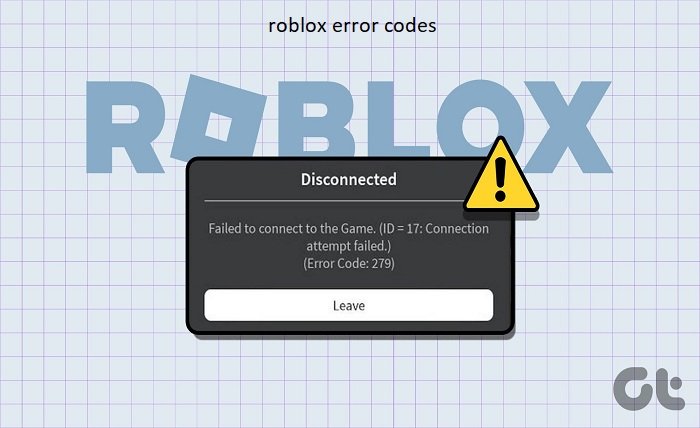
What is the #SPILL Error in Excel?
The #SPILL error in Excel is a common issue encountered when using dynamic arrays. It occurs when a formula attempts to output a result into a range that already has data, creating a “spill” conflict. Understanding the #SPILL error is crucial for efficient spreadsheet management.
Common Causes of the #SPILL Error
Several factors can trigger the #SPILL error in Excel. These include:
- Pre-existing data in the destination range
- Merged cells within the spill range
- Non-blank cells blocking the spill
- Array formulas trying to output across multiple cells
Identifying the root cause of the #SPILL error is the first step towards resolving it.
How to Identify the #SPILL Error in Excel
Recognizing the #SPILL error in Excel is straightforward. When a formula causes this error, Excel will display a warning triangle in the top-left corner of the cell, along with the #SPILL! error message. This visual cue indicates that there is an issue with the dynamic array formula.
Resolving the #SPILL Error: Step-by-Step Guide
To resolve the #SPILL error in Excel, follow these steps:
- Check for Blocked Ranges: Ensure there are no non-blank cells or merged cells in the spill range.
- Clear the Obstructing Data: Remove or relocate any data blocking the spill range.
- Adjust Your Formula: Modify the formula to fit within the available range.
Addressing these elements can often resolve the #SPILL error in Excel effectively.
Advanced Techniques to Handle the #SPILL Error
For more complex scenarios, advanced techniques might be necessary to tackle the #SPILL error in Excel:
- Using Helper Columns: Break down complex formulas into simpler parts.
- Applying Array Constants: Utilize array constants to control spill ranges.
- Utilizing Excel Functions: Leverage functions like FILTER, SEQUENCE, and SORT to manage dynamic arrays more effectively.
These methods can provide more control and flexibility when dealing with the #SPILL error in Excel.
Best Practices to Avoid the #SPILL Error in Excel
Prevention is better than cure. Adopting best practices can minimize the occurrence of the #SPILL error in Excel:
- Plan Your Layout: Design your spreadsheets with sufficient space for dynamic arrays.
- Regularly Clean Data: Keep your data organized and free from unnecessary entries.
- Use Named Ranges: Implement named ranges to manage dynamic arrays effectively.
Following these tips can help avoid the #SPILL error in Excel and streamline your workflow.
Utilizing Excel Tools to Manage the #SPILL Error
Excel offers various tools to manage and troubleshoot the #SPILL error:
- Error Checking Tool: Use Excel’s built-in error checking tool to identify and resolve issues.
- Trace Error Function: Leverage the trace error function to understand the source of the #SPILL error in Excel.
- Formula Auditing: Utilize formula auditing to examine and debug complex formulas.
These tools can be instrumental in resolving the #SPILL error in Excel.
Examples of Common Formulas Causing the #SPILL Error
Some formulas are more prone to causing the #SPILL error in Excel. Examples include:
- Array Formulas: Formulas like {=A1
*B1
} can spill into multiple cells.
- SEQUENCE Function: The SEQUENCE function generates arrays that can easily lead to a #SPILL error in Excel.
- FILTER Function: Incorrect use of the FILTER function can result in spill issues.
Understanding these examples can help you better manage the #SPILL error in Excel.
How to Educate Your Team About the #SPILL Error
Educating your team about the #SPILL error in Excel is essential for maintaining productivity:
- Conduct Training Sessions: Organize training to explain the causes and solutions of the #SPILL error.
- Create Documentation: Develop comprehensive guides and FAQs about the #SPILL error in Excel.
- Encourage Best Practices: Promote the adoption of best practices to avoid common errors.
A well-informed team can significantly reduce the incidence of the #SPILL error in Excel.
Future Developments and the #SPILL Error
Excel continuously evolves, and understanding how future updates might impact the #SPILL error is important:
- Excel 365 Enhancements: Stay updated with the latest Excel 365 features that address dynamic arrays.
- Beta Testing: Participate in beta testing to familiarize yourself with upcoming changes.
- Community Forums: Engage with Excel user communities to share experiences and solutions.
Being proactive about future developments can help you stay ahead of the #SPILL error in Excel.
Conclusion
The #SPILL error in Excel can be a significant obstacle in managing dynamic arrays, but with the right knowledge and tools, it can be effectively resolved. By understanding its causes, employing best practices, and utilizing Excel’s troubleshooting features, you can minimize disruptions and maintain a smooth workflow. Stay informed about future developments and educate your team to ensure everyone can handle the #SPILL error in Excel confidently.
FAQs
Q1: What causes the #SPILL error in Excel?
A1: The #SPILL error in Excel is caused by conflicts when a formula tries to output results into a range that already has data, merged cells, or other obstructions.
Q2: How can I resolve the #SPILL error in Excel?
A2: To resolve the #SPILL error, clear any obstructions in the spill range, ensure there are no merged cells, and adjust your formula to fit within the available range.
Q3: Are there any tools in Excel to help with the #SPILL error?
A3: Yes, Excel offers tools like the error checking tool, trace error function, and formula auditing to help identify and resolve the #SPILL error.
Q4: Can the #SPILL error be prevented?
A4: Yes, adopting best practices such as planning your layout, regularly cleaning data, and using named ranges can help prevent the #SPILL error in Excel.
Q5: What should I do if the #SPILL error persists?
A5: If the #SPILL error persists, consider breaking down complex formulas, using array constants, and leveraging Excel functions like FILTER, SEQUENCE, and SORT to manage dynamic arrays more effectively.



